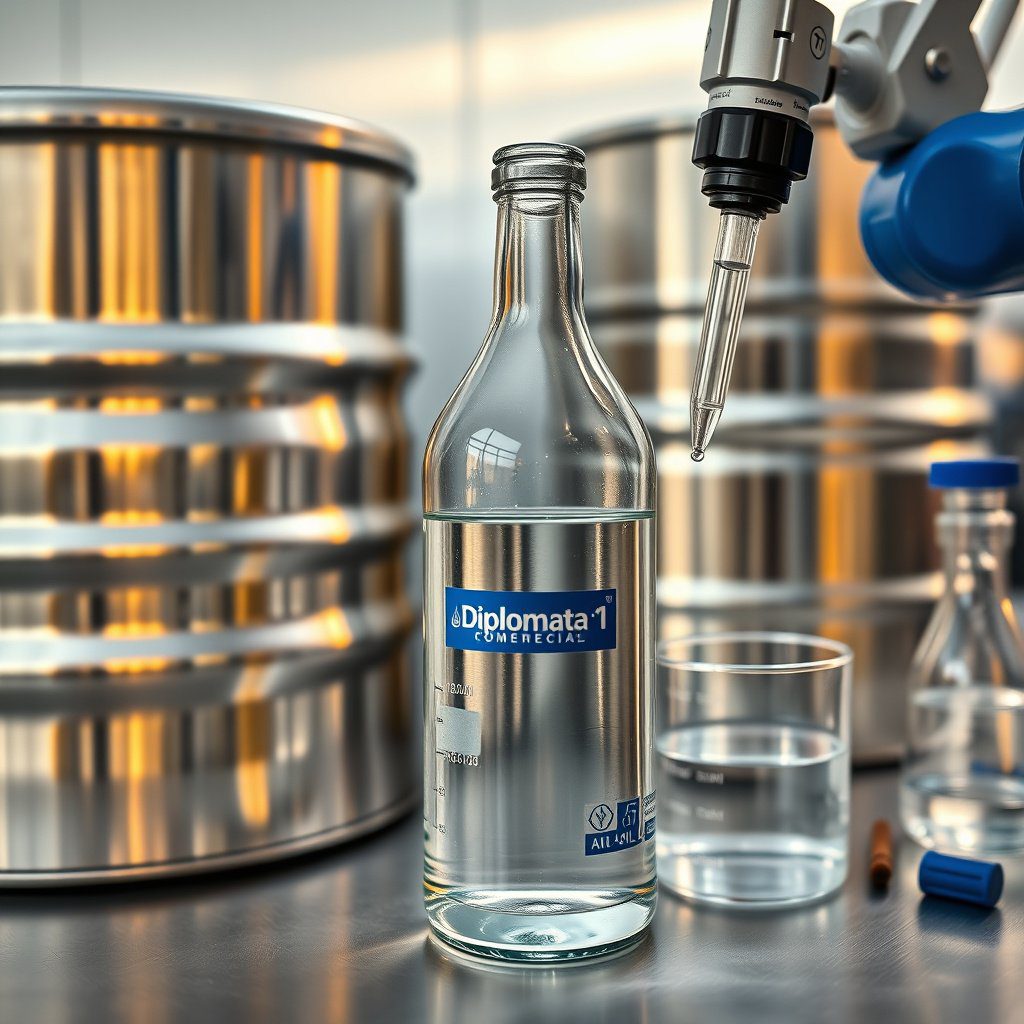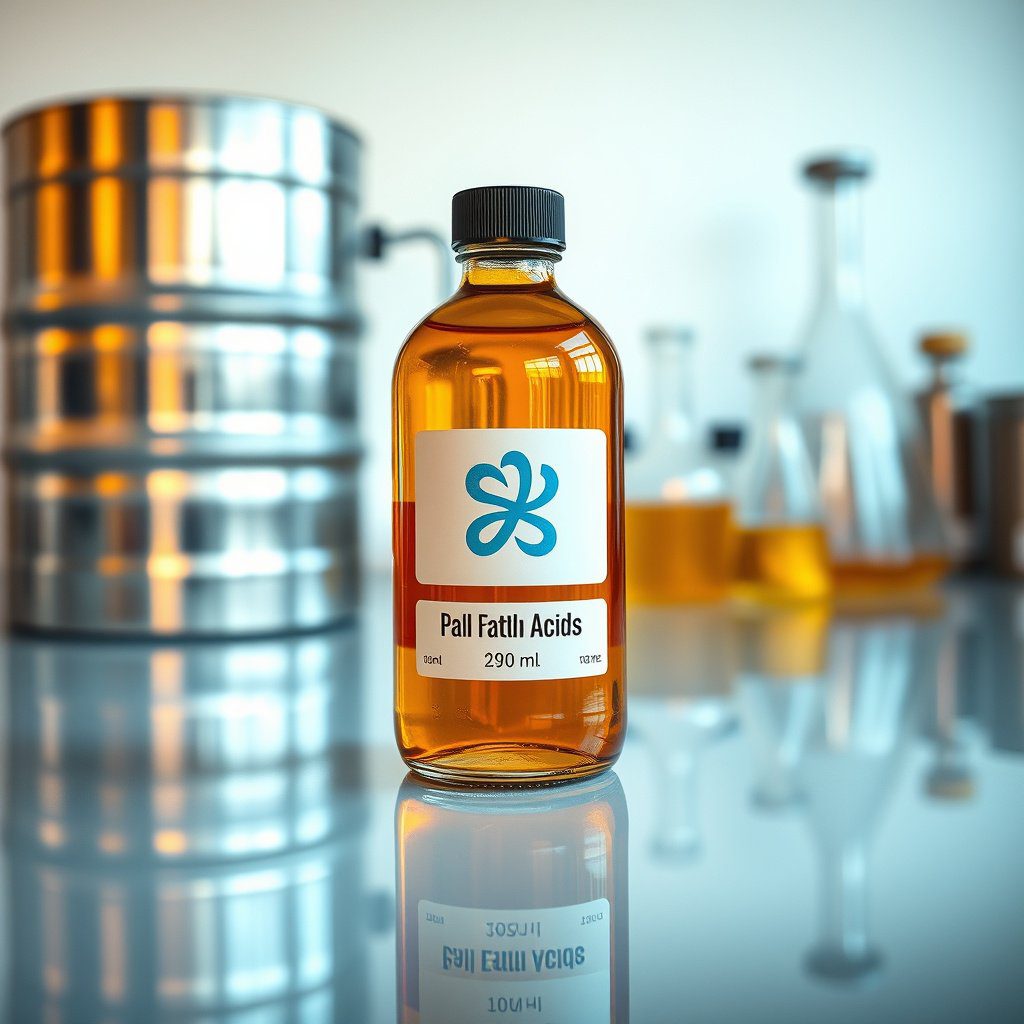Understanding the Amine Product Lifecycle
The amine product lifecycle encompasses all stages of production, distribution, and consumption of amines, particularly focusing on key compounds like monoethanolamine, diethanolamine, and triethanolamine. This lifecycle begins with the sourcing of raw materials, which are processed to create amines with various concentrations, such as 85% and 99%. A thorough understanding of this lifecycle is essential for suppliers, manufacturers, and end-users in the chemical industry, especially in the context of the growing demand for high-purity amines in various applications.
Raw Material Sourcing
The first phase in the amine product lifecycle is the sourcing of raw materials. Amines are derived from petrochemical processes, and their production requires high-quality feedstocks. Suppliers must ensure that the raw materials meet industry standards for purity and sustainability. The choice of raw materials significantly affects the quality of the final amine products and their performance in various applications, such as agriculture, pharmaceuticals, and personal care products.
Production Processes
After sourcing the appropriate raw materials, the next step is the production of amines. This phase involves several chemical reactions, including the reaction of ammonia with alcohols to produce ethanolamines. The production processes must be optimized for efficiency and environmental sustainability. Advanced technologies are often employed to minimize waste and reduce energy consumption during the manufacturing of monoethanolamine, diethanolamine, and triethanolamine.
Quality Control Measures
Quality control is a critical aspect of the amine product lifecycle. Rigorous testing is performed at various stages of production to ensure that the final products meet the required specifications for purity and concentration. High-purity amines are essential for applications that demand stringent quality standards. Suppliers must implement comprehensive quality assurance protocols to maintain product integrity and comply with regulatory requirements.
Storage and Handling
Once produced, amines must be stored and handled properly to maintain their quality. This phase involves suitable storage conditions, including temperature control and protection from contamination. Proper labeling and safety measures are necessary to ensure that handlers are aware of the chemical properties and potential hazards associated with amines. Effective storage and handling practices contribute to the overall safety and efficacy of the products throughout their lifecycle.
Distribution Channels
The distribution of amines is a crucial link in the product lifecycle. Suppliers must establish efficient distribution channels that can handle the logistics of transporting high-purity amines to various markets, including the United States. This often involves partnering with reliable logistics providers who understand the specific requirements for transporting chemical products safely and compliantly. Timely delivery and proper documentation are essential for maintaining customer satisfaction and regulatory compliance.
End-User Applications
Understanding the applications of amines is vital for optimizing the product lifecycle. High-purity amines, such as diethanolamine and triethanolamine, serve various purposes in industries like agriculture (as herbicides), pharmaceuticals (as intermediates), and personal care (as surfactants). Suppliers must work closely with end-users to understand their specific needs and tailor products accordingly. This collaboration can lead to innovations in product formulations and applications.
Regulatory Compliance
Throughout the amine product lifecycle, regulatory compliance is paramount. Suppliers and manufacturers must adhere to local and international regulations governing the production and distribution of chemical products. This includes ensuring that all safety data sheets (SDS) are up to date and that products are labeled according to legal requirements. Staying compliant not only protects the company legally but also builds trust with customers and stakeholders.
Market Trends and Innovations
Finally, staying abreast of market trends and innovations is essential for optimizing the amine product lifecycle. The chemical industry is continuously evolving, with new technologies and methodologies emerging that can enhance production efficiency and product quality. Suppliers must engage in ongoing research and development to innovate and adapt their offerings in response to changing market demands, ensuring that they remain competitive in the market for high-purity amines.


